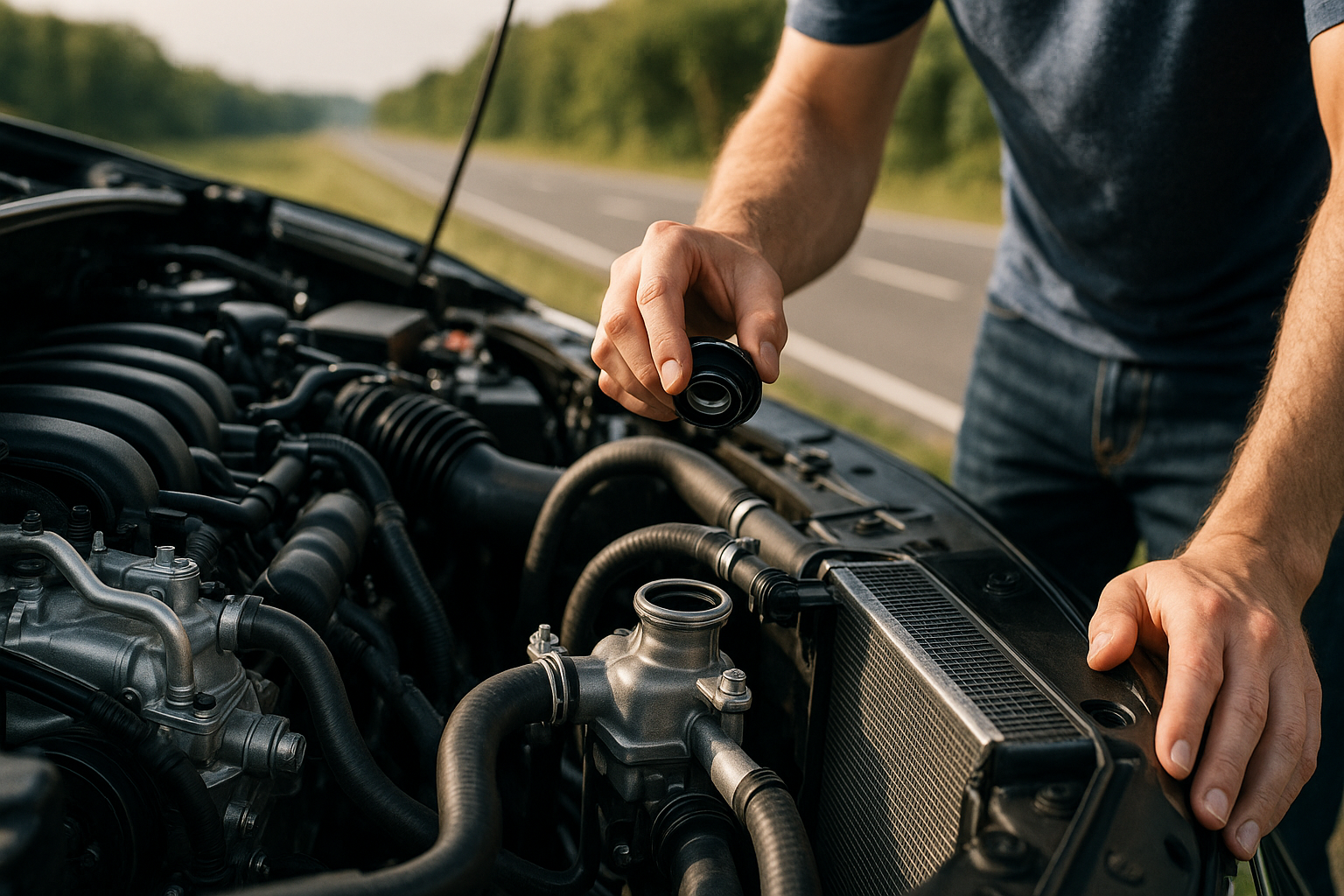Discovering the Powerhouse: The Intricacies of Automotive Engine Cooling Systems
Introduction: Imagine cruising down a highway at sunset, enjoying the rhythm of the road, when suddenly, your car's temperature gauge spikes and steam starts billowing from under the hood. Why does this happen? Welcome to the world of automotive engine cooling systems!

Delving into the Past: A Brief History of Engine Cooling
The first automobiles, like the Ford Model T, relied on a simple thermosiphon system for cooling. This primitive method depended on the natural convection of hot water to circulate coolant around the engine. However, with the advent of faster, more powerful vehicles, this approach proved inadequate.
Engineers then developed the pressurized cooling system, which used a water pump to circulate coolant. This system was more efficient and allowed for higher engine temperatures, thus permitting more powerful engines. The invention of the radiator cap that could withstand higher pressures was another breakthrough, which effectively raised the boiling point of the coolant.
The Underlying Technology: Understanding How Cooling Systems Work
At its core, an automotive cooling system works to dissipate the heat produced by the engine’s combustion process. It does so by circulating a coolant through passages in the engine block and head. The coolant absorbs the heat and then transfers it to the air at the radiator.
The thermostat plays a vital role in controlling the coolant’s flow rate, ensuring the engine warms up quickly and then maintains an optimal temperature. Meanwhile, the water pump, driven by the engine’s crankshaft, ensures the coolant circulates effectively.
Contemporary Trends: Cooling Systems in the Modern Era
Modern cooling systems incorporate advanced technology to optimize efficiency, such as electric water pumps and variable-speed cooling fans. Electric water pumps can be controlled more accurately than their mechanical counterparts, ensuring optimal coolant flow at all engine speeds.
Similarly, variable-speed fans can adjust their speed based on the engine’s cooling needs, reducing energy consumption and noise. The use of advanced coolants that can absorb more heat and resist degradation has also become prevalent, improving the system’s overall efficiency and longevity.
Impact and Challenges: The Role of Cooling Systems in Engine Performance
Efficient cooling systems are crucial for optimal engine performance and longevity. Overheating can cause significant engine damage, including warped cylinder heads, blown head gaskets, and cracked engine blocks.
However, designing effective cooling systems is a balancing act. They must be powerful enough to handle extreme conditions, yet not so overbuilt that they sap engine power and fuel economy. Furthermore, they must deal with varying ambient temperatures and driving conditions, adding to the complexity of the task.
The Future Holds: Predictions and Prospects
As automotive technology continues to evolve, we can expect further advancements in cooling systems. We’re likely to see increased use of electric water pumps and fans, along with innovative coolants and smart systems that can adapt to changing driving conditions.
Ultimately, the humble engine cooling system is a testament to the marvel of automotive engineering – a critical component that helps our beloved vehicles perform at their best while keeping them safe from the perils of heat.
In conclusion, understanding the intricacies of automotive engine cooling systems allows us to appreciate the complex symphony of parts that work together to keep our engines running smoothly. Whether you’re a seasoned gearhead or a casual driver, it’s a topic worth delving into. After all, a well-cooled engine is a happy engine!






